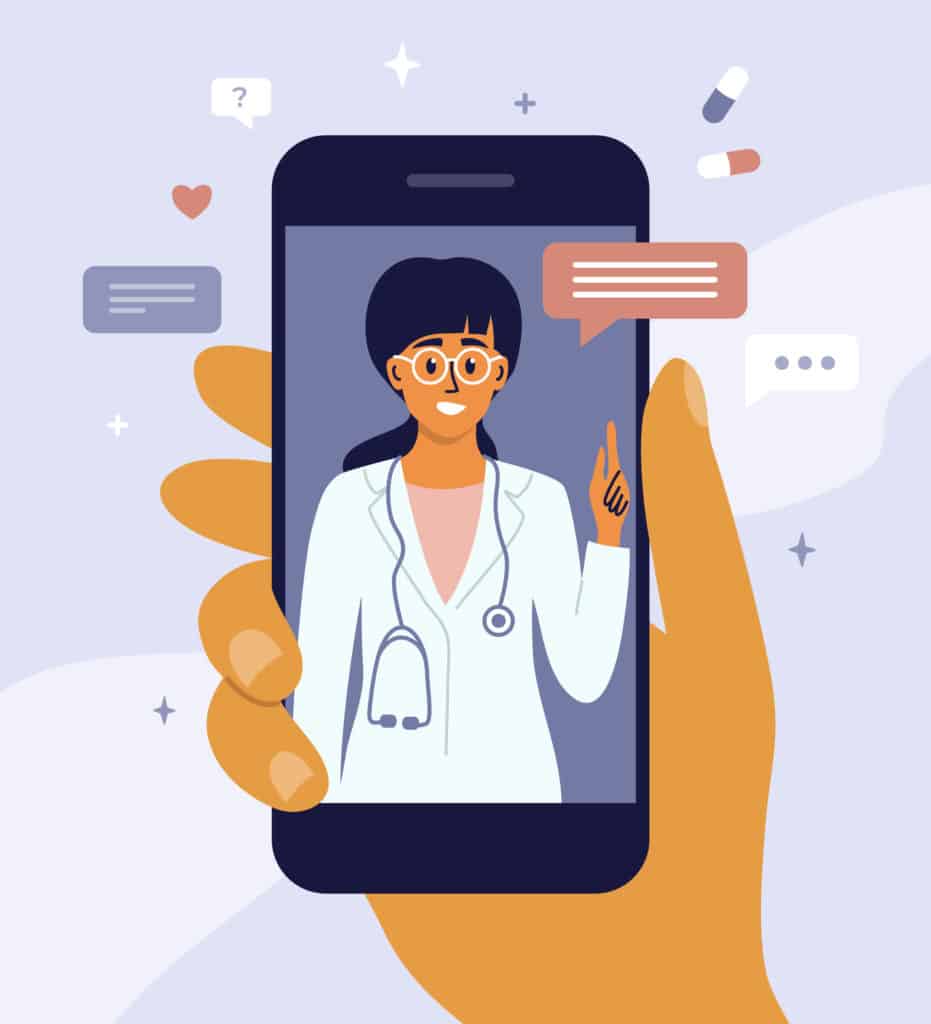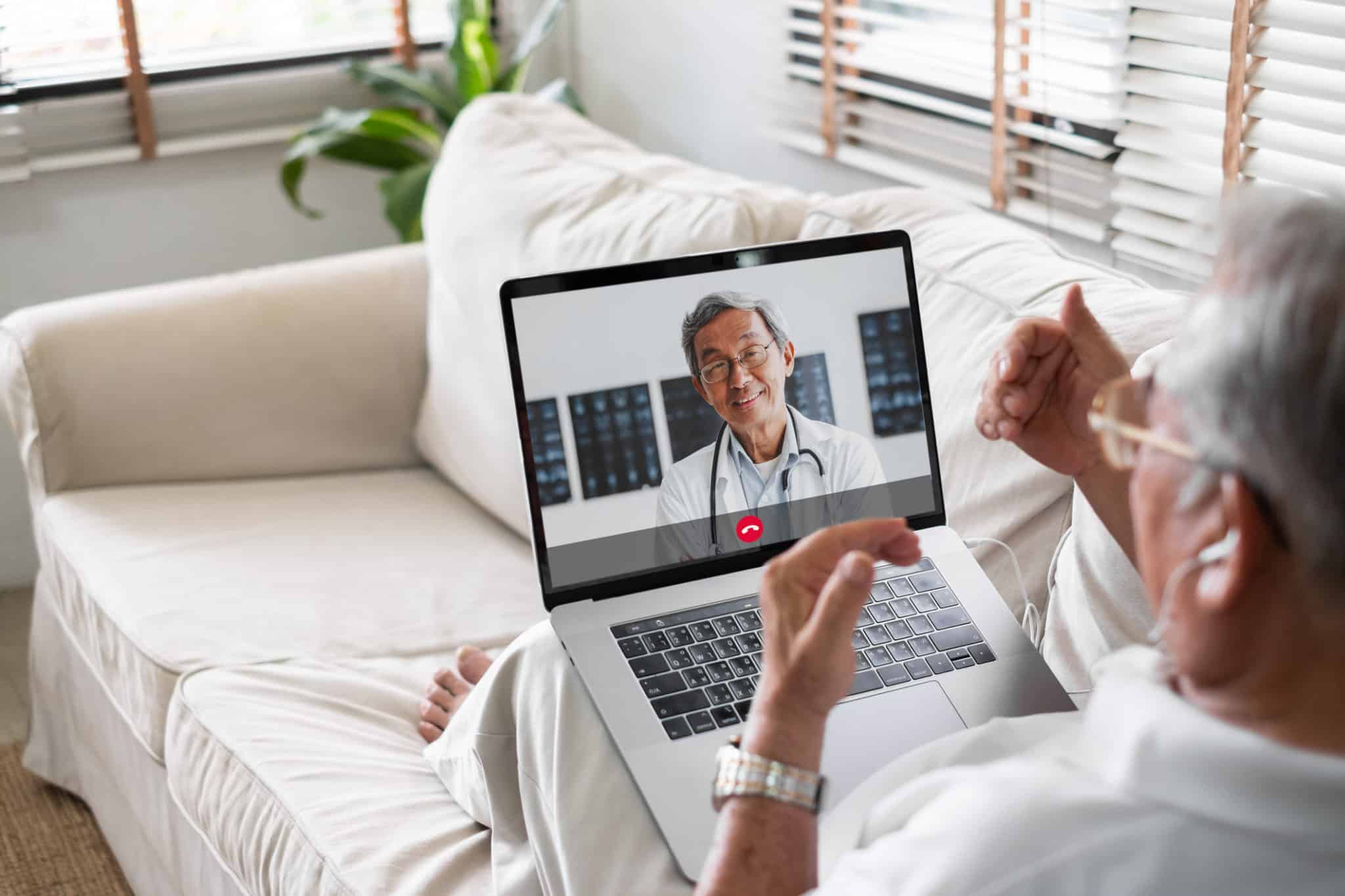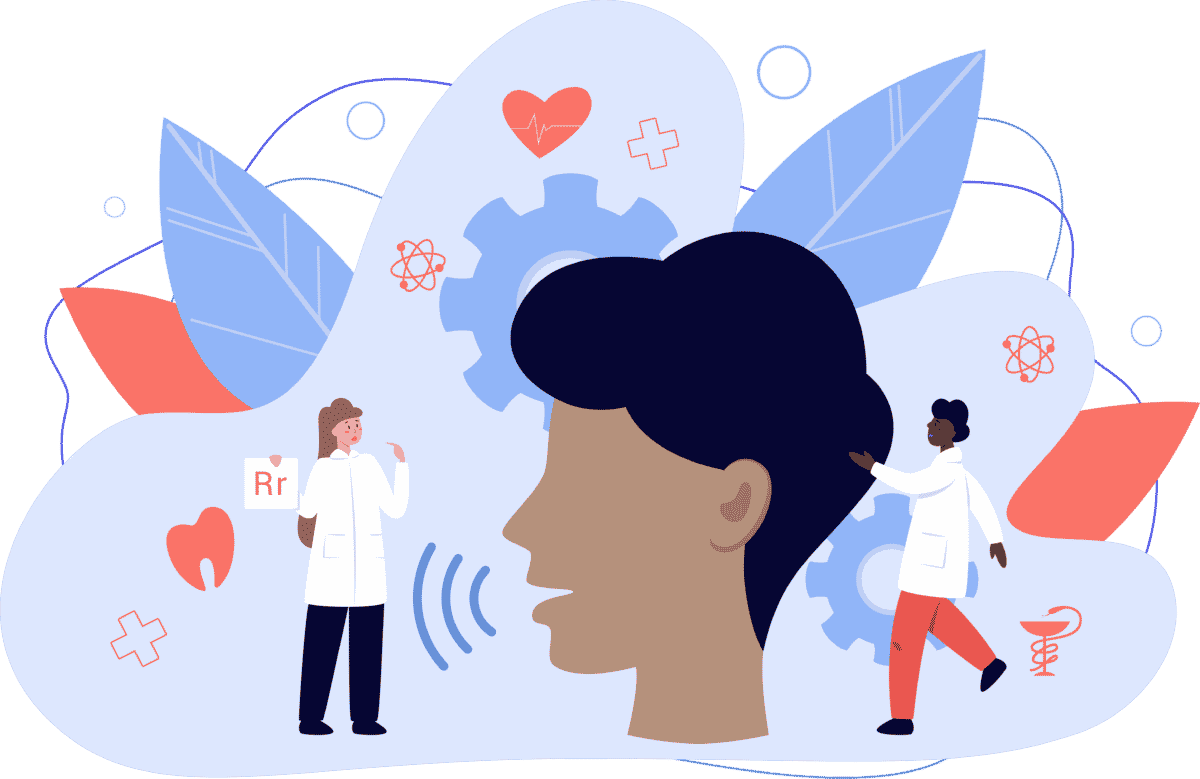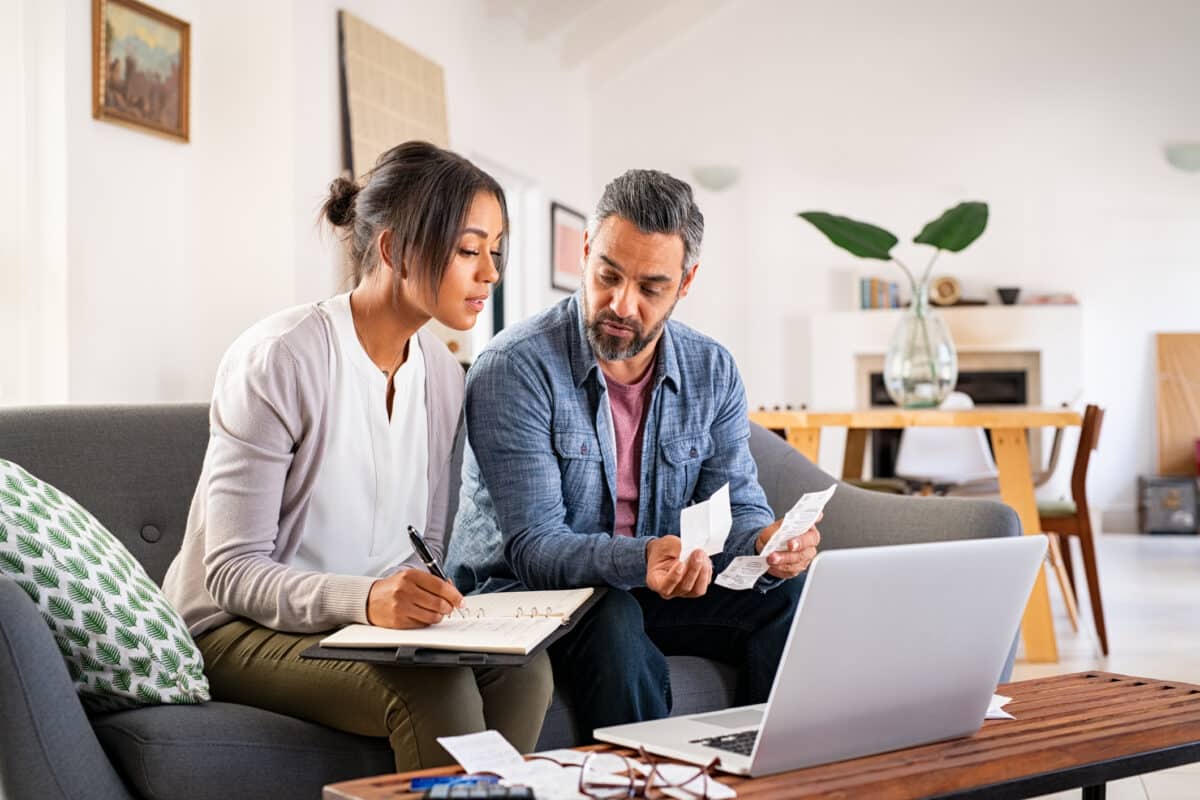A telemedicine appointment is a virtual appointment with your medical provider through a video conference or a phone call. There are many advantages to virtual appointments: increased convenience, no transportation costs, access to specialists outside of your immediate geographic location, increased patient satisfaction, higher ease of use, and decreased wait time.1
While this technology has been around for years, the rates of telemedicine use have increased significantly, especially during the COVID-19 pandemic.2,3 That’s why we prepared this article to help you get ready for your telemedicine visit.

Get Your Information Ready
- Make a list of symptoms. Be as detailed as possible. Note how long you have had your symptoms and what makes them better or worse.
- Be familiar with your medical history. Know what medications and supplements you take.
- Have your insurance or credit card information handy.
- If your symptom is visible, consider taking a picture of it.
- Write down any questions or concerns.
Where to Place & Setup Your Device
- Contact your provider for details about how to log onto your appointment.
- If you need to download any additional software, do so in advance.
- Charge your device fully. If possible, use a computer instead of your phone to allow for a better view.
- If you are using your phone, elevate it by leaning it on a stack of books. The closer your camera is to eye-level, the better.
- Use headphones to minimize background noise.
- Test your WiFi to make sure your connection is strong.
- Close any applications that you are not using to minimize lag.
- Log in 10–15 minutes before your appointment, if possible.
Positioning
- Sit in a well-lit and quiet place.
- Wear comfortable, loose clothes in case you have to point out something on a specific location of your body.
- Have a flashlight handy so that you can better visualize features. Also consider having a spoon available in case your physician asks you to depress your tongue to look at your throat.
During & After Your Appointment
- Write down any remaining questions you have.
- Take notes on your treatment plan and next steps.
- Your provider will tell you next steps regarding follow-up and prescriptions.
Telemedicine is proving to be a safe, convenient way to connect patients with providers and will likely become a staple in healthcare in the future. Contact your provider if you have questions about arranging a telemedicine appointment.
If you have any urgent concerns, be sure to call 9-1-1.
Sources for This Article
Springer Link // Telemedicine: a Primer (PDF)
Optimizing Your Telemedicine Visit During the COVID-19 Pandemic (PDF)


















